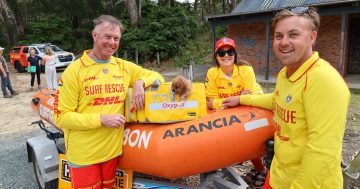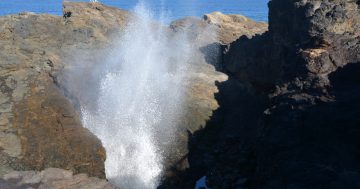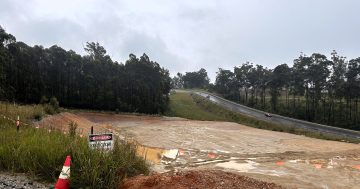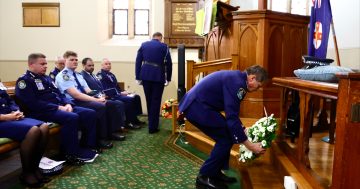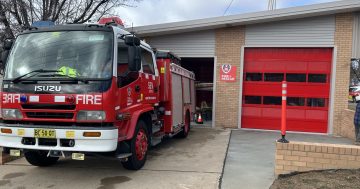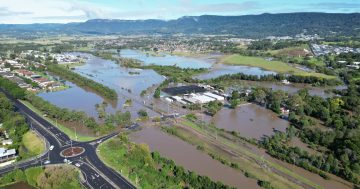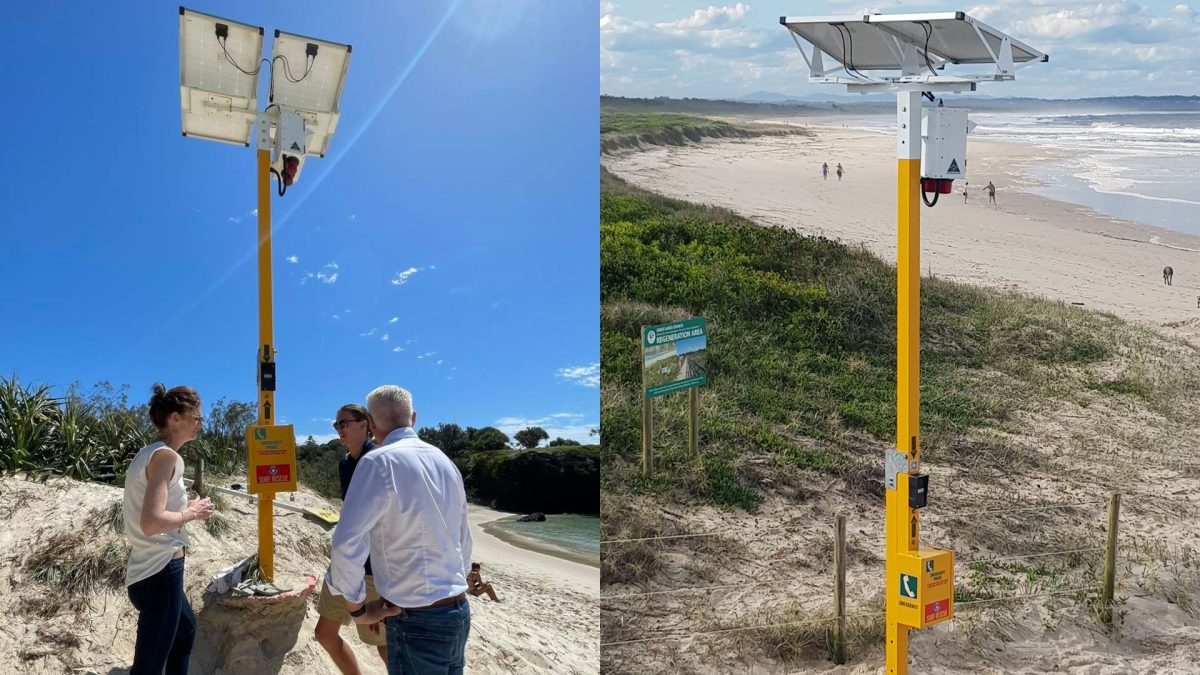
Emergency Rescue Beacons like these will be installed at Austinmer, Woonona and Bulli beaches. Photo: Surf Life Saving NSW.
Emergency Response Beacons (ERBs) will be installed at a further three Illawarra beaches this year, following a number of rescues outside of flagged areas and patrol hours.
Austinmer, Woonona and Bulli beaches will join 10 other high-risk coastal locations where ERBs already exist in the region – Coniston, Corrimal, Hill 60, Lake Illawarra entrance, Puckeys, Sharkies, Shellharbour South, Kiama Blowhole, Kendalls and South Bombo.
The ERBs include a telephone and camera, and can be activated by a bystander when a person is in difficulty and needs assistance. The duty officer from the Surf Emergency Response System responds by assigning the closest appropriate personnel.
The ERBs are strategically placed where there is a high risk of incidents and no or limited provision of surf life saving and/or lifeguard services.
According to the NSW Coastal Safety Report 2023, the current 32 ERBs along the NSW coastline have been activated 165 times, resulting in 22 rescues.
There have been a number of mass rescues at Austinmer and Woonona beaches since early December last year, when eight people, including adults and a child, were caught in a rip after patrol hours.
They were rescued by Austinmer Surf Club members who were holding a committee meeting at the club when they heard screaming at about 7 pm.
On Boxing Day, volunteer surf life savers rescued three men who had entered the water at the end of Austinmer Beach, and on Australia Day, 12 people were rescued within two hours from unpatrolled locations in the Illawarra.
NSW Emergency Services Minister Jihad Dib convened a roundtable on coastal safety earlier this month, in response to an increase in coastal drownings in recent years.
The NSW Coastal Safety Report 2023 found that of the 48 coastal drowning deaths in 2022/2023, 65 per cent occurred on beaches.
One in two incidents occurred more than 1 km away from a surf life saving service, and all occurred outside of flagged areas. The report also found that getting caught in a rip current was the number one contributor to coastal drowning.
The coastal roundtable discussed the latest data on high-risk drowning locations along the state’s coastline, with the locations of the new ERBs based on the data, rescue statistics and consultation with key stakeholders.
Surf Life Saving NSW chief executive Steve Pearce said the 32 ERBs already in operation were proving their worth in allowing the public to immediately alert the organisation to incidents and emergencies.
“We are looking at enhancements to the next generation of ERBs which could include having public rescue equipment attached to the units that people could use to keep themselves safe if they attempt a rescue,” he said.
“It’s all about using technology to improve how we respond to coastal incidents and, in the end, save more lives along the coast.”
Mr Dib said an ERB was activated at Forster during summer and as a result, people were saved who had been caught in a rip current.
“The evidence is clear – this technology works, and we know it will make a key contribution to preventing drownings on our coastline,” he said.
“The beacons use technology that overcomes connectivity limitations, or ‘black spots’, in remote areas, providing a reliable option in an emergency.”
Original Article published by Jen White on Region Illawarra.


